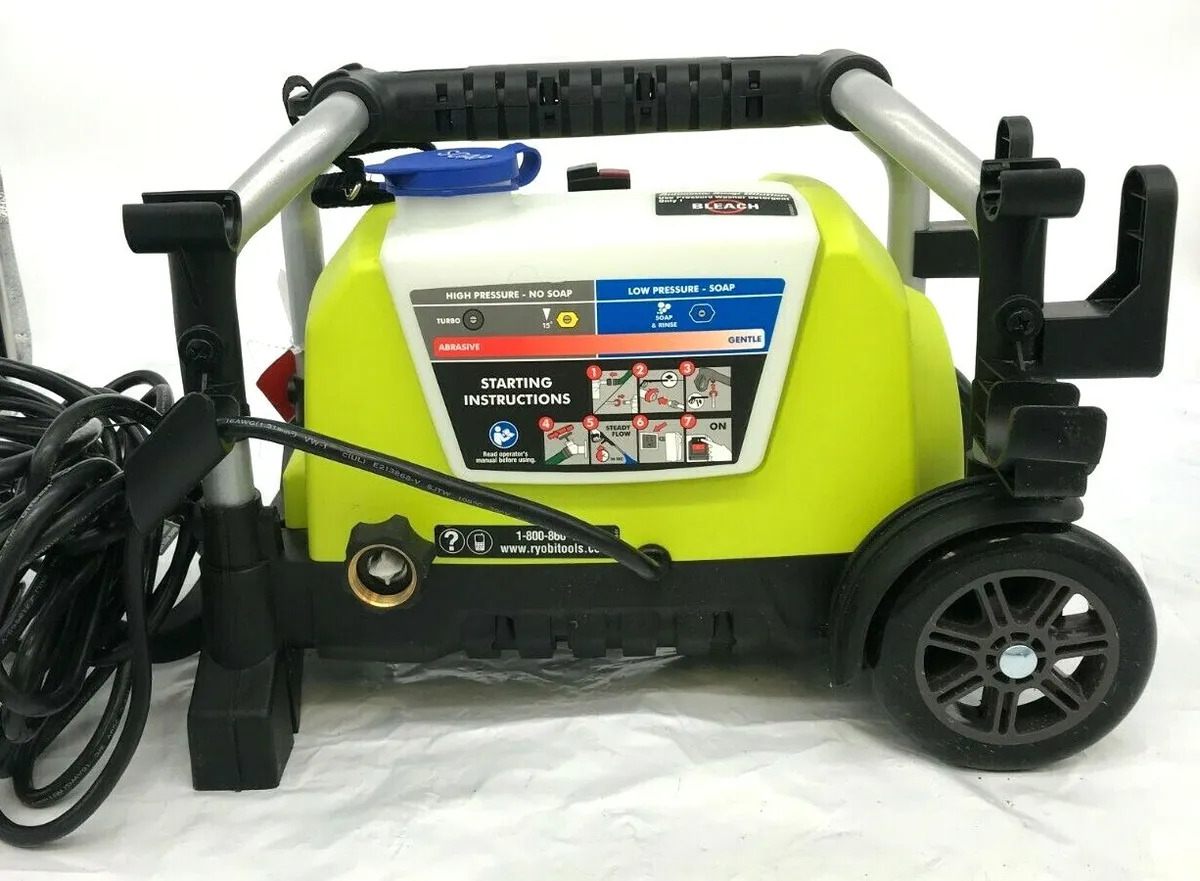

Articles
Why Is My Ryobi Pressure Washer Pulsating
Modified: May 6, 2024
Discover helpful articles on why your Ryobi pressure washer may be pulsating and learn how to troubleshoot and fix this common issue.
(Many of the links in this article redirect to a specific reviewed product. Your purchase of these products through affiliate links helps to generate commission for Storables.com, at no extra cost. Learn more)
Introduction
Welcome to this guide on why your Ryobi pressure washer is pulsating. If you’ve noticed that your pressure washer is experiencing a pulsating or surging effect while in use, you’re not alone. This issue can be frustrating, causing interruptions and hindering the effectiveness of your cleaning tasks. However, understanding the causes of pulsation and knowing how to troubleshoot and resolve the problem can help you get back to a smooth and efficient cleaning experience.
Pressure washers are powerful tools used to clean a variety of surfaces, ranging from driveways and sidewalks to cars and outdoor furniture. In order to deliver the high-pressure water needed for effective cleaning, pressure washers rely on a motor-driven pump. This pump draws in water from a source, pressurizes it, and then releases it through a nozzle at a high velocity.
When operating smoothly, the flow of water from a pressure washer should be consistent and steady. However, when pulsating occurs, you may notice that the spray pattern fluctuates between high and low pressure rapidly. This can make it difficult to achieve the desired cleaning results and can also put unnecessary strain on the system.
There are several common causes of pulsation in a pressure washer. These include the presence of air in the system, a clogged or worn nozzle, an insufficient water supply, or worn or damaged pump parts. By understanding these causes and following the appropriate troubleshooting steps, you can identify and resolve the issue quickly.
In the following sections, we will delve deeper into each of these causes and provide you with step-by-step instructions on how to troubleshoot and resolve pulsation issues with your Ryobi pressure washer. By following these guidelines, you can enjoy a consistent and reliable cleaning performance from your pressure washer.
Key Takeaways:
- Don’t let pulsation ruin your cleaning experience! Bleed air, clean the nozzle, ensure water supply, and maintain pump parts to keep your Ryobi pressure washer running smoothly.
- Stay ahead of pulsation issues by practicing preventive maintenance. Keep water clean, inspect and clean the nozzle regularly, and follow proper startup and shutdown procedures for your Ryobi pressure washer.
Understanding Pulsating Pressure Washers
Before we dive into the causes and solutions for pulsating pressure washers, it’s important to have a clear understanding of what exactly pulsation is and how it affects the performance of your machine.
When a pressure washer operates smoothly, it produces a steady and uninterrupted flow of water at a consistent pressure. However, when there is pulsation, the spray pattern becomes uneven, with fluctuating pressure levels. This can lead to an inconsistent cleaning experience and make it challenging to achieve optimal results.
Pulsation can be observed by visually inspecting the spray pattern. An ideal spray pattern should be a consistent fan of water, evenly distributed across the surface being cleaned. However, when pulsation occurs, you may notice that the spray pattern fluctuates between high and low pressure, causing uneven and ineffective cleaning.
There are several factors that contribute to the occurrence of pulsation in pressure washers. These include air in the system, a clogged or damaged nozzle, an insufficient water supply, or worn and damaged pump parts.
It’s important to address pulsation issues promptly, as they can not only hinder the cleaning process but also potentially cause damage to the pressure washer itself. By understanding the causes of pulsation and knowing how to troubleshoot and resolve the issue, you can ensure a smooth and efficient cleaning experience with your Ryobi pressure washer.
In the next sections, we will explore each of the common causes in detail and provide you with step-by-step solutions to troubleshoot and fix pulsating pressure washer issues.
Common Causes of Pulsation
Pulsation in pressure washers can be attributed to several common causes. Let’s take a closer look at each of these causes:
- Air in the System: One of the primary culprits behind pulsation is the presence of air in the pressure washer system. Air can enter the system through various points, such as a loose connection, a damaged O-ring, or even during initial setup. When air gets trapped in the pump or hoses, it disrupts the smooth flow of water, resulting in pulsation.
- Clogged Nozzle: Another frequent cause of pulsation is a clogged or obstructed nozzle. Over time, dirt, debris, and mineral deposits can accumulate in the nozzle, impeding the flow of water and causing fluctuations in pressure. A clogged nozzle can create an uneven spray pattern and lead to pulsating pressure.
- Insufficient Water Supply: Having an inadequate water supply can also contribute to pulsation in pressure washers. If the water source supplying the pressure washer is unable to deliver a consistent flow of water at the required pressure, it can result in fluctuations and pulsation during operation.
- Worn or Damaged Pump Parts: The internal components of the pressure washer pump can wear out over time or sustain damage due to various factors. Worn or damaged pump parts, such as seals, valves, or pistons, can disrupt the proper flow of water and cause pulsation in the system.
By identifying these common causes, you can take the necessary steps to troubleshoot and resolve pulsation issues with your Ryobi pressure washer. In the next sections, we will outline the specific troubleshooting steps for each cause and guide you towards a smooth and pulsation-free cleaning experience.
Air in the System
One of the primary causes of pulsation in your Ryobi pressure washer is the presence of air in the system. Air can enter the system through various points, such as loose connections, damaged O-rings, or during initial setup. When air becomes trapped in the pump or hoses, it disrupts the smooth flow of water, resulting in pulsation.
To resolve the issue of air in the system, you need to bleed the air out and ensure a steady flow of water. Here’s how you can do it:
- Turn off the pressure washer and disconnect it from the power source.
- Disconnect the water supply hose from the pressure washer pump.
- Hold the trigger on the spray gun to release any remaining pressure in the system.
- Reconnect the water supply hose and make sure it is securely attached.
- Turn on the water supply and let it flow freely for a few seconds to purge any air bubbles.
- Reconnect the spray gun and hose to the pressure washer.
- Turn on the pressure washer and squeeze the trigger to allow water to flow through the system. Keep the trigger engaged for a few minutes to ensure any remaining air is purged.
- Monitor the spray pattern to ensure it is steady and free of pulsation.
This process of bleeding air from the system should help eliminate the pulsation caused by air bubbles. If the issue persists, you may need to repeat the process or check for any potential leaks or loose connections in the system.
Remember, it’s essential to release any remaining pressure in the system and follow the manufacturer’s instructions while performing this procedure. Taking these steps will ensure a safe and effective resolution to the pulsation problem caused by air in your Ryobi pressure washer.
Clogged Nozzle
A clogged or obstructed nozzle is another common cause of pulsation in your Ryobi pressure washer. Over time, dirt, debris, and mineral deposits can accumulate in the nozzle, impeding the flow of water and causing fluctuations in pressure.
To address a clogged nozzle and restore a smooth and consistent spray pattern, you can follow these steps:
- Turn off the pressure washer and disconnect it from the power source.
- Remove the nozzle from the spray gun. Refer to the user manual if needed for instructions specific to your Ryobi pressure washer model.
- Inspect the nozzle for any visible debris or obstructions. Use a small brush or toothpick to clear away any clogs.
- If the nozzle is severely blocked, you may need to soak it in a cleaning solution or vinegar to dissolve stubborn deposits. Follow the manufacturer’s guidelines for the appropriate cleaning solution and duration of soaking.
- Rinse the nozzle thoroughly with water to remove any remaining debris or cleaning solution.
- Reattach the clean nozzle to the spray gun and ensure it is securely fastened.
- Turn on the pressure washer and test the spray pattern. It should now be steady and free from pulsation.
Regularly cleaning and maintaining your nozzle is essential to prevent clogging and maintain the performance of your pressure washer. If the nozzle continues to clog frequently, you may want to consider using a nozzle with a wider spray pattern or adding a filter to the water supply to help reduce debris accumulation.
By following these steps and keeping your nozzle clean, you can effectively resolve the issue of pulsation caused by a clogged nozzle in your Ryobi pressure washer.
Insufficient Water Supply
Having an insufficient water supply can contribute to pulsation in your Ryobi pressure washer. If the water source supplying the pressure washer is unable to deliver a consistent flow of water at the required pressure, it can result in fluctuations and pulsation during operation.
To address the issue of an insufficient water supply and ensure a steady flow of water, you can follow these steps:
- Check the water source and ensure that the water supply to the pressure washer is fully turned on.
- Inspect the water inlet screen or filter at the connection point of the water supply hose. Remove any debris or sediment that may be blocking the screen or filter.
- Verify that the water supply hose is not kinked, twisted, or damaged in any way. Straighten out any kinks and ensure a clear and unrestricted flow of water.
- Check the diameter and length of the water supply hose. If the hose is too long or has a smaller diameter than recommended, it may not be able to deliver an adequate flow of water. Consider using a shorter and wider diameter hose if necessary.
- Verify that there are no leaks in the water supply hose or at any connection points. Leaks can reduce the water flow and contribute to pulsation. Tighten any loose connections or replace damaged hoses.
- Ensure that there are no other appliances or fixtures drawing water from the same source simultaneously. This can cause a decrease in water pressure and affect the performance of your pressure washer.
- Turn on the pressure washer and observe the spray pattern. If the pulsation persists, you may need to assess the water supply pressure from the source itself. Consult a professional plumber if necessary.
By addressing any issues with the water supply and ensuring a sufficient and uninterrupted flow of water to your pressure washer, you can alleviate pulsation problems caused by an insufficient water supply. Regularly inspecting and maintaining your water supply hose and connections will also help prevent future pulsation issues.
Worn or Damaged Pump Parts
Worn or damaged pump parts can contribute to pulsation in your Ryobi pressure washer. The internal components of the pressure washer pump, such as seals, valves, or pistons, can wear out over time or sustain damage due to various factors. When these parts are compromised, it disrupts the proper flow of water and causes pulsation in the system.
To address the issue of worn or damaged pump parts, you may need to inspect and, if necessary, repair or replace the affected components. Here are some steps you can follow:
- Turn off the pressure washer and disconnect it from the power source.
- Check the pump for any visible signs of damage, such as cracks or leaks. Inspect the seals, valves, and pistons for wear or deterioration.
- If you are comfortable with pump repairs, refer to the user manual or seek guidance from a professional to disassemble the pump and inspect the internal components more closely.
- Replace any worn or damaged pump parts with genuine Ryobi replacement parts. Be sure to follow the manufacturer’s instructions for proper installation.
- Reassemble the pump and ensure all connections are tight and secure.
- Turn on the pressure washer and test the spray pattern. If the pulsation has been resolved, you have successfully addressed the issue of worn or damaged pump parts.
If you are not comfortable with pump repairs or if the damage is extensive, it is recommended to seek assistance from a professional or contact Ryobi customer support for further guidance.
Regular maintenance and proper care of your pressure washer can help prolong the life of pump components and prevent wear and damage. Following the manufacturer’s recommended maintenance schedule and using quality cleaning solutions can help minimize the occurrence of pulsation due to worn or damaged pump parts.
Check for air leaks in the hose or fittings, and ensure the water supply is sufficient. Clean the nozzle and wand to remove any debris that could be causing the pulsating.
Troubleshooting and Resolving Pulsation Issues
When your Ryobi pressure washer is pulsating, it can be frustrating and hinder your cleaning tasks. Fortunately, there are several troubleshooting steps you can take to identify and resolve the underlying causes of pulsation. Here is a comprehensive guide to troubleshooting and resolving pulsation issues:
- Bleeding Air from the System: If there is air in the system, it can disrupt the flow of water and cause pulsation. Follow the steps outlined in the “Air in the System” section to bleed the air out of the pressure washer.
- Cleaning or Replacing the Nozzle: A clogged or obstructed nozzle can lead to pulsation. Remove the nozzle, clean it thoroughly, and ensure there are no blockages. If the nozzle is damaged or worn out, replace it with a new one.
- Ensuring an Adequate Water Supply: An insufficient water supply can contribute to pulsation. Check the water source, remove any debris or obstructions, and ensure proper water flow and pressure. Replace or repair any damaged water supply hoses or connection points.
- Checking and Repairing Pump Parts: Worn or damaged pump parts can cause pulsation. Inspect the pump for any visible damage or wear, and replace any faulty components as needed. Consider seeking professional assistance if you are not comfortable with pump repairs.
By following these troubleshooting steps accurately, you should be able to identify and resolve the underlying causes of pulsation in your Ryobi pressure washer. However, it’s important to note that if the issue persists or if you are unsure of how to proceed, it is always recommended to consult the user manual or contact Ryobi customer support for further assistance.
Additionally, take preventive measures to avoid future pulsation issues by practicing regular maintenance and care for your pressure washer. This includes cleaning and inspecting the nozzle and pump regularly, ensuring proper water supply, and addressing any repairs or replacements promptly.
With proper troubleshooting and maintenance, you can enjoy a smooth and efficient cleaning experience with your Ryobi pressure washer, free from the frustration of pulsation.
Bleeding Air from the System
If there is air trapped in the system of your Ryobi pressure washer, it can disrupt the flow of water and cause pulsation. Bleeding the air out of the system is a crucial step in troubleshooting and resolving pulsation issues. Here is a step-by-step guide on how to bleed air from the system:
- Turn off the pressure washer and disconnect it from the power source to ensure safety during the process.
- Locate the water inlet connection where you attach the water supply hose to the pressure washer.
- Inspect the O-ring or gasket around the water inlet connection for any signs of damage or wear. Replace it if necessary.
- Detach the water supply hose from the water inlet connection and allow any residual water to drain out.
- Slowly turn on the water supply and let water flow through the pressure washer without connecting the hose.
- As the water flows through the pressure washer, you will start to see a steady stream of water without any air bubbles.
- Once you have a steady stream of water, turn off the water supply and reattach the water supply hose to the water inlet connection.
- Turn on the pressure washer and squeeze the spray gun trigger to allow water to flow through the system.
- Keep the trigger engaged for a few minutes to ensure any remaining air is purged from the system.
- Observe the spray pattern to ensure it is steady and free from pulsation.
By bleeding the air out of the system, you are allowing a smooth and uninterrupted flow of water, which helps alleviate the pulsation issue. However, if the pulsation persists after following these steps, you may need to repeat the process or consider checking for any other potential causes such as a clogged nozzle or an insufficient water supply.
Remember to follow the manufacturer’s instructions and safety guidelines while performing the air bleeding process. Ensuring a steady and consistent flow of water will restore the optimal performance of your Ryobi pressure washer and provide a more efficient and effective cleaning experience.
Read more: Why Is My Pressure Washer Losing Pressure
Cleaning or Replacing the Nozzle
A clogged or damaged nozzle is another common cause of pulsation in your Ryobi pressure washer. Over time, the nozzle can become clogged with dirt, debris, or mineral deposits, hindering the flow of water and causing fluctuations in pressure. Cleaning or replacing the nozzle can help resolve this issue. Here’s what you can do:
- Turn off the pressure washer and disconnect it from the power source for safety.
- Inspect the nozzle for any visible debris or blockages. Use a brush or toothpick to gently remove any clogs, being careful not to damage the nozzle.
- If the nozzle is severely clogged, you may opt to soak it in a cleaning solution or vinegar to dissolve stubborn deposits. Follow the manufacturer’s recommendations for the appropriate cleaning solution and duration of soaking.
- Rinse the nozzle thoroughly with clean water to remove any remaining debris or cleaning solution.
- Inspect the nozzle for any signs of damage or wear. If the nozzle is cracked, bent, or shows signs of deterioration, it is recommended to replace it with a new one.
- Attach the clean or new nozzle to the spray gun, ensuring it is securely fastened.
- Turn on the pressure washer and test the spray pattern. It should now be steady and without pulsation.
Regular maintenance of the nozzle is key to preventing clogs and ensuring proper water flow. However, if you frequently encounter nozzle clogging issues, you may consider using a nozzle with a wider spray pattern or adding a filter to the water supply hose to reduce debris accumulation.
By cleaning or replacing the nozzle, you can restore proper water flow and eliminate pulsation in your Ryobi pressure washer. Remember to follow the manufacturer’s instructions and safety guidelines when performing any maintenance or replacement procedures.
Ensuring an Adequate Water Supply
An insufficient water supply can contribute to pulsation in your Ryobi pressure washer. If the water source supplying the pressure washer cannot deliver a consistent flow of water at the required pressure, it can result in fluctuations and pulsation during operation. Here’s how you can ensure an adequate water supply:
- Check the water source and ensure that the water supply to the pressure washer is fully turned on. Make sure that the water valve supplying the pressure washer is open to its maximum capacity.
- Inspect the water inlet screen or filter located at the connection point of the water supply hose. Remove any debris or sediment that may be blocking the screen or filter, impeding the flow of water.
- Verify that the water supply hose is not kinked, twisted, or damaged in any way. Straighten out any kinks and ensure that the hose provides a clear and unrestricted flow of water.
- Check the diameter and length of the water supply hose. If the hose is too long or has a smaller diameter than recommended, it may not be able to deliver an adequate flow of water to the pressure washer. Consider using a shorter and wider diameter hose to ensure a proper water supply.
- Inspect the water supply hose and all connection points for leaks. Even a small leak can reduce the flow of water and lead to pulsation. Tighten any loose connections or replace any damaged water supply hoses.
- Ensure that there are no other appliances or fixtures drawing water from the same source simultaneously. Sharing the water supply with other appliances or faucets can cause a decrease in water pressure and affect the performance of your pressure washer.
- Turn on the pressure washer and monitor the spray pattern. If the pulsation persists, it might be necessary to assess the water supply pressure from the source itself. Consult a professional plumber to evaluate the water pressure and determine if any adjustments or repairs are needed.
By addressing any issues related to the water supply and ensuring a steady flow of water to your pressure washer, you can help alleviate pulsation problems caused by an insufficient water supply. Regularly inspecting and maintaining your water supply hose and connections will also help prevent future pulsation issues.
Remember to follow the manufacturer’s guidelines and safety instructions while working with the water supply and pressure washer. Proper water supply is essential for the optimal performance of your Ryobi pressure washer, ensuring a smooth and efficient cleaning experience.
Checking and Repairing Pump Parts
Worn or damaged pump parts can cause pulsation in your Ryobi pressure washer. The internal components of the pump, such as seals, valves, or pistons, can wear out or sustain damage over time, disrupting the proper flow of water and resulting in pulsation. Here’s how you can check and repair pump parts:
- Turn off the pressure washer and disconnect it from the power source to ensure safety.
- Inspect the pump for any visible signs of damage, such as cracks, leaks, or worn-out components.
- If you are comfortable with pump repairs, consult the user manual or seek guidance from a professional to disassemble the pump and inspect the internal components more closely.
- Inspect the seals, valves, and pistons for wear, deterioration, or damage. Replace any faulty or worn-out parts with genuine Ryobi replacement parts.
- Ensure that all connections and fittings in the pump are tight and secure.
- Reassemble the pump following the manufacturer’s instructions and safety guidelines.
- Turn on the pressure washer and monitor the spray pattern. If the pulsation has been resolved, you have successfully addressed the issue of worn or damaged pump parts.
If you are unsure about pump repairs or if the damage is extensive, it is recommended to seek assistance from a professional or contact Ryobi customer support for further guidance and assistance.
Regular maintenance and proper care of your pressure washer can help prolong the life of pump components and prevent wear and damage. Following the manufacturer’s recommended maintenance schedule and using quality cleaning solutions can help minimize the occurrence of pulsation due to worn or damaged pump parts.
By checking and repairing pump parts when necessary, you can ensure the smooth and efficient performance of your Ryobi pressure washer, free from pulsation, and enjoy a more effective cleaning experience.
Avoiding Future Pulsation
To prevent future pulsation in your Ryobi pressure washer, it’s important to practice regular maintenance and follow some preventive measures. By taking proactive steps, you can ensure a smooth and uninterrupted cleaning experience. Here are some tips to help you avoid future pulsation issues:
- Maintain a clean water supply: Use clean water without any impurities or debris to prevent clogging and blockages in the system. If necessary, use a filter to remove any sediments or particles from the water supply.
- Inspect and clean the nozzle regularly: Regularly inspect the nozzle for any clogs or obstructions. Clean it thoroughly using a brush or toothpick to remove any debris. This will help maintain a consistent and steady flow of water.
- Check and clean the water inlet screen/filter: The water inlet screen or filter prevents debris from entering the pressure washer. Regularly inspect and clean it to ensure proper water flow and prevent clogs.
- Perform routine maintenance: Follow the manufacturer’s recommendations for routine maintenance tasks such as changing oil, inspecting seals and gaskets, and checking hose connections. Regular maintenance will help keep your pressure washer in optimal condition and prevent potential issues.
- Properly store your pressure washer: When not in use, store your pressure washer in a cool and dry place. Protect it from extreme temperatures, sunlight, and moisture, which can cause damage and affect its performance.
- Use compatible cleaning solutions: If you use cleaning solutions or detergents with your pressure washer, make sure they are designed for pressure washer use. Using improper cleaning solutions can cause clogs or damage to the pump system.
- Follow proper startup and shutdown procedures: Always follow the correct procedures for starting and shutting down your pressure washer. This ensures that the components are properly lubricated and reduces the risk of air getting trapped in the system.
By following these preventive measures and incorporating regular maintenance into your pressure washer care routine, you can avoid future pulsation issues. Remember to consult the user manual for specific guidelines and recommendations given by Ryobi for your pressure washer model.
By addressing any issues promptly and practicing good maintenance habits, you can enjoy a consistent and reliable cleaning performance from your Ryobi pressure washer for years to come.
Conclusion
Pulsation issues in your Ryobi pressure washer can be frustrating, but they can be resolved by understanding the common causes and following appropriate troubleshooting steps. By addressing the causes and taking preventive measures, you can ensure a smooth and efficient cleaning experience with your pressure washer.
In this guide, we explored the common causes of pulsation, including air in the system, a clogged nozzle, an insufficient water supply, and worn or damaged pump parts. We provided step-by-step instructions on how to troubleshoot and resolve each of these issues.
Bleeding air from the system, cleaning or replacing the nozzle, ensuring an adequate water supply, and checking and repairing pump parts are key steps to troubleshooting pulsation problems in your Ryobi pressure washer. Following these steps and maintaining your pressure washer regularly will help you prevent pulsation in the future.
Remember to consult the user manual for specific instructions tailored to your Ryobi pressure washer model, and always follow the manufacturer’s recommendations and safety guidelines.
By implementing the solutions outlined in this guide and practicing regular maintenance, you can enjoy a reliable and efficient cleaning experience with your Ryobi pressure washer, free from the frustration of pulsation. Keep your pressure washer in good condition, attend to any issues promptly, and you’ll be able to tackle your cleaning tasks with ease.
Thank you for reading this guide, and we hope it helps you resolve any pulsation issues you may encounter with your Ryobi pressure washer.
After sorting out why your Ryobi pressure washer might be pulsating, you might be thinking about an upgrade or perhaps a new addition to your toolkit. If you're on the hunt for a reliable pressure washer, our next feature covers the top Ryobi pressure washers slated for 2024. Whether you need a robust model for tough cleaning jobs or something lighter for regular use, we've detailed the best options to fit every need.
Frequently Asked Questions about Why Is My Ryobi Pressure Washer Pulsating
Was this page helpful?
At Storables.com, we guarantee accurate and reliable information. Our content, validated by Expert Board Contributors, is crafted following stringent Editorial Policies. We're committed to providing you with well-researched, expert-backed insights for all your informational needs.
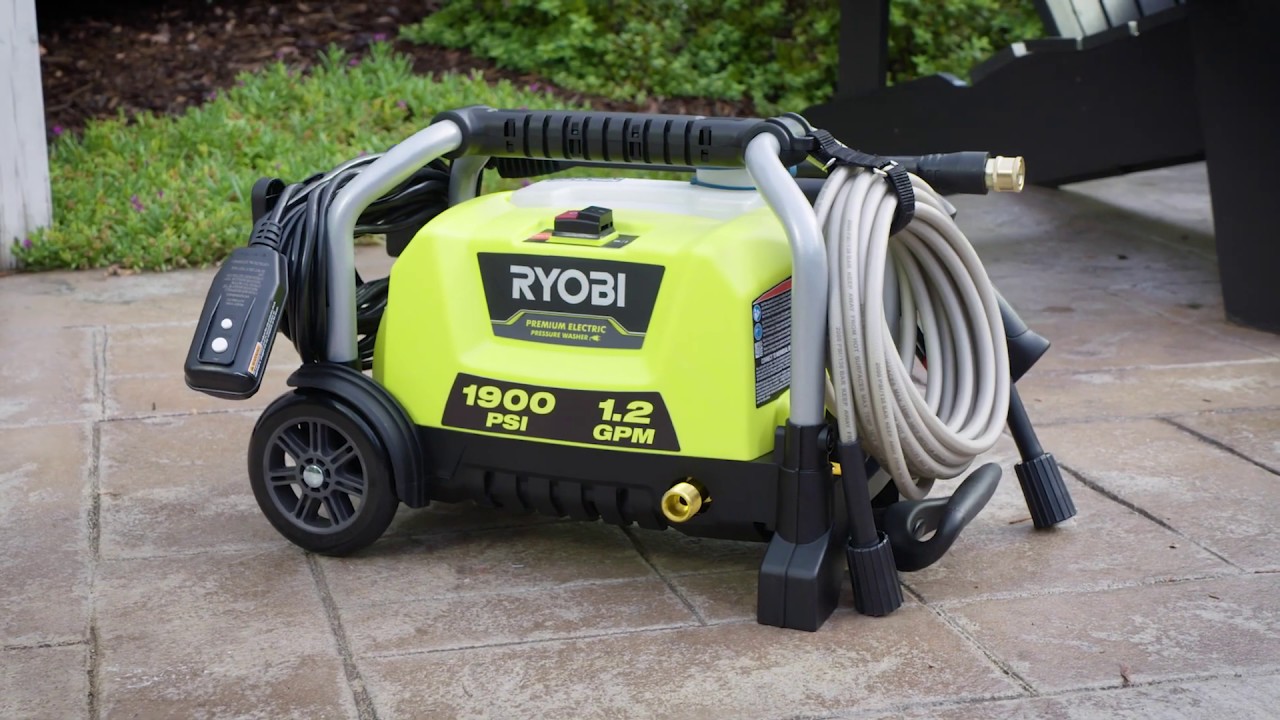
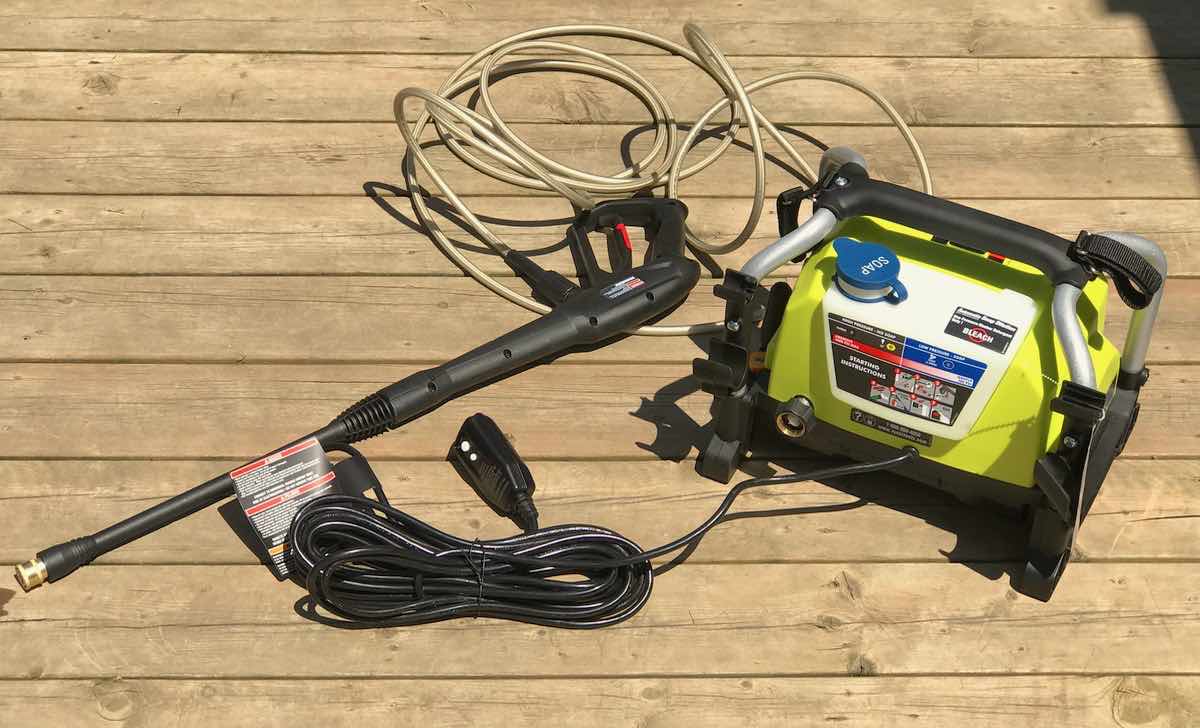
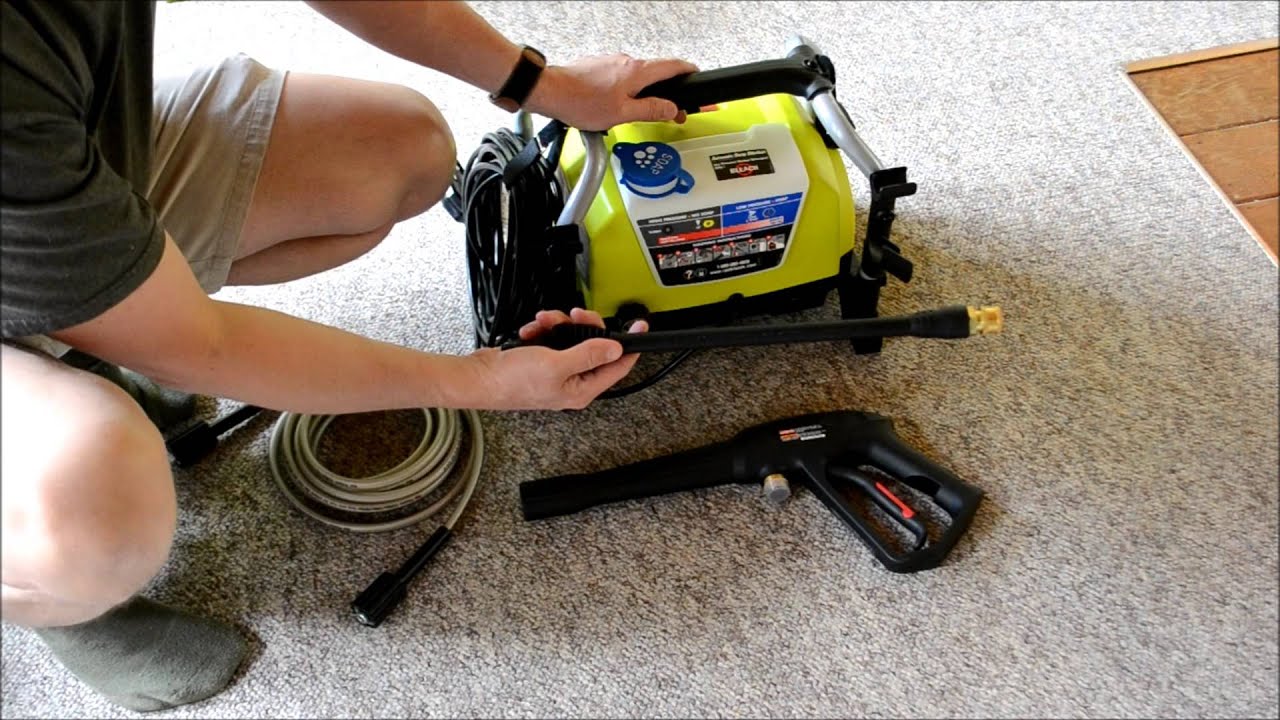
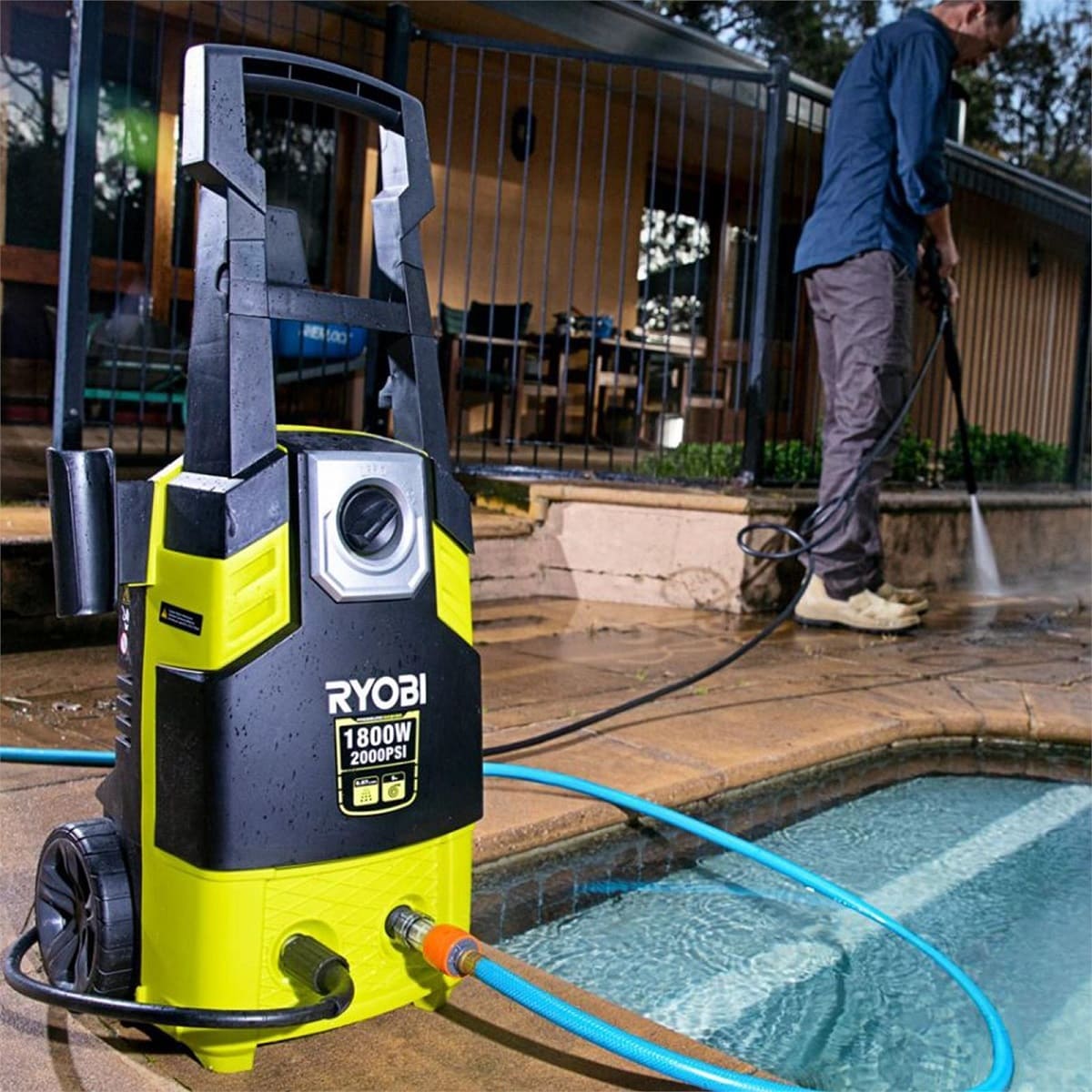
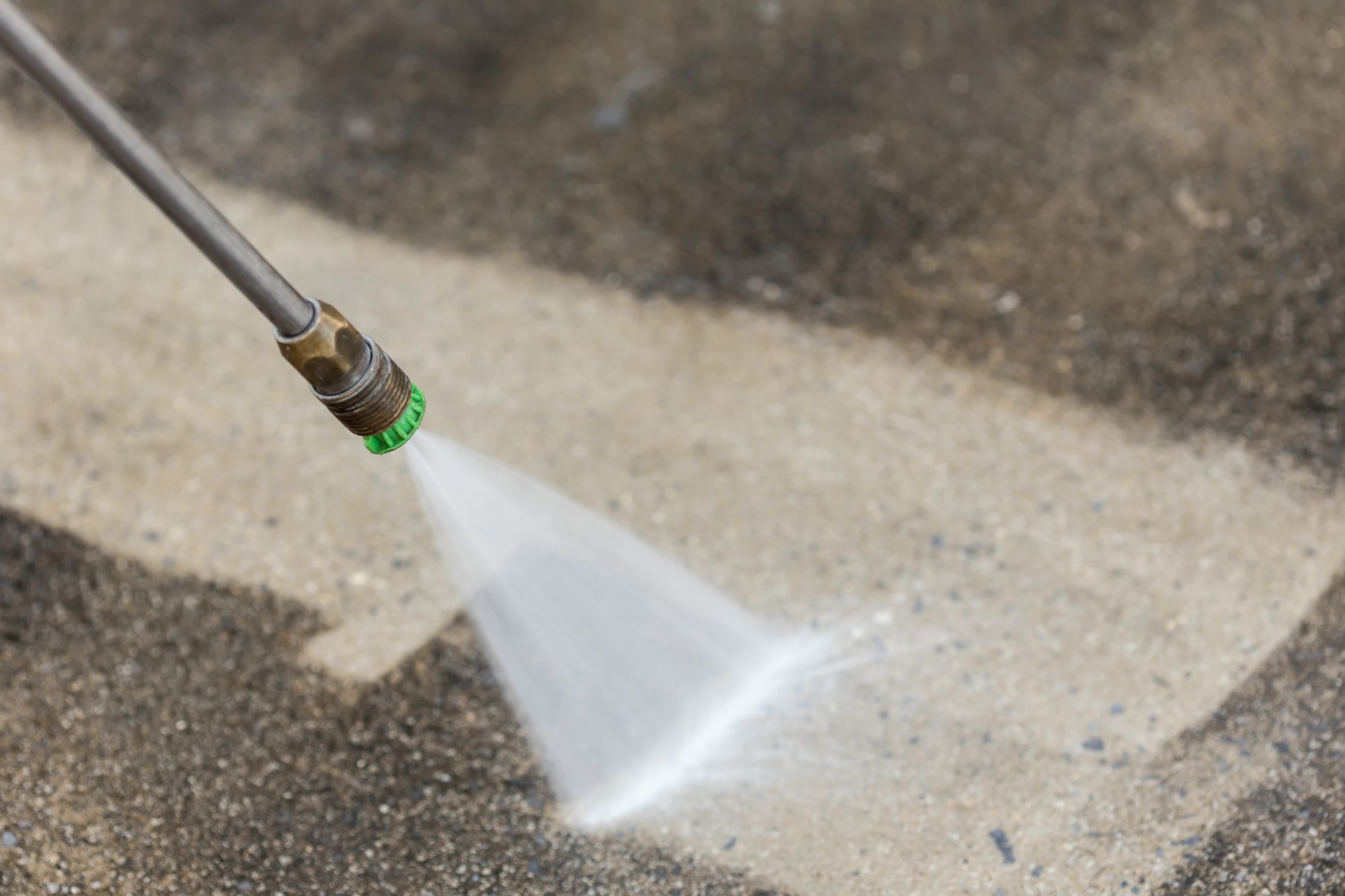
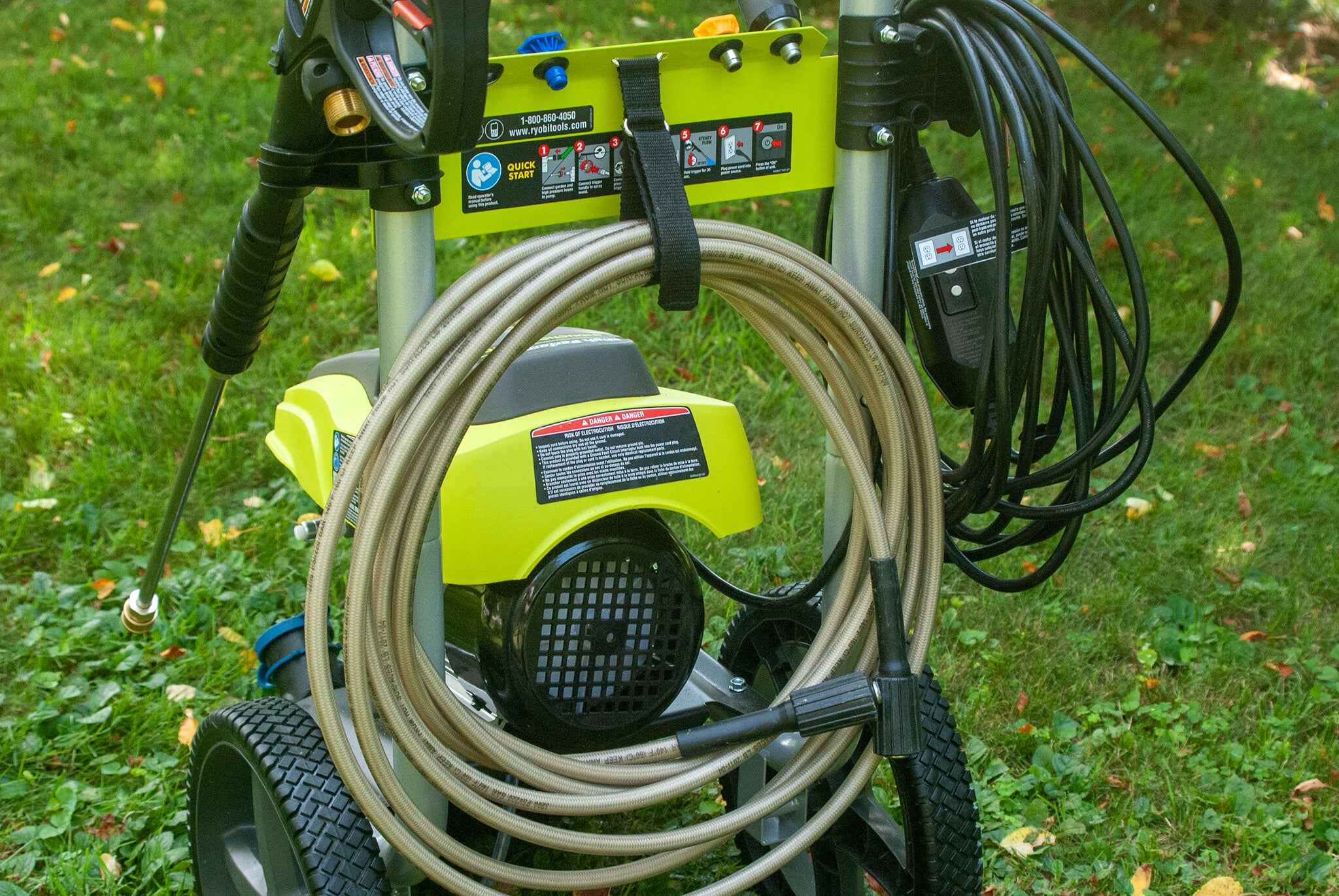
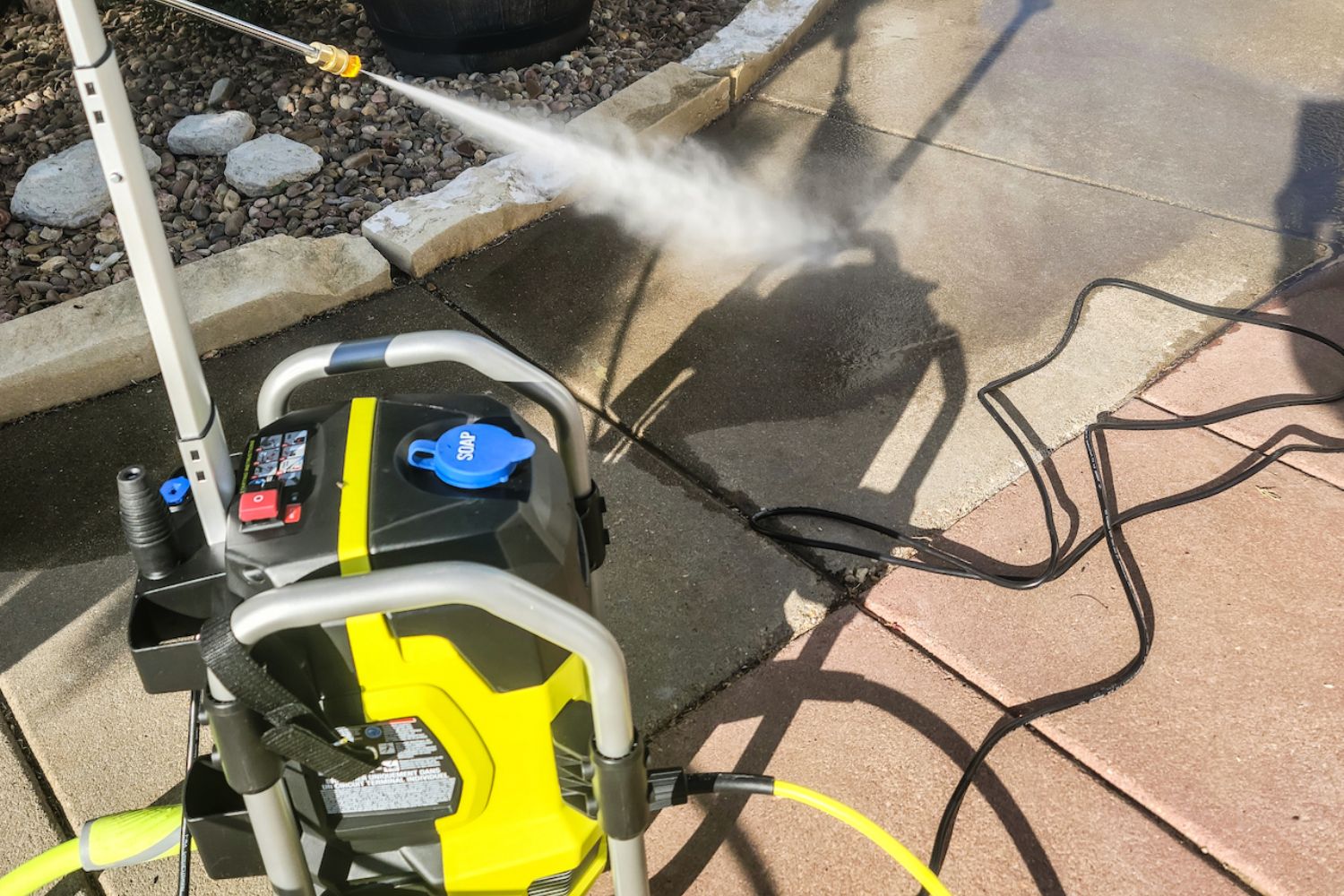
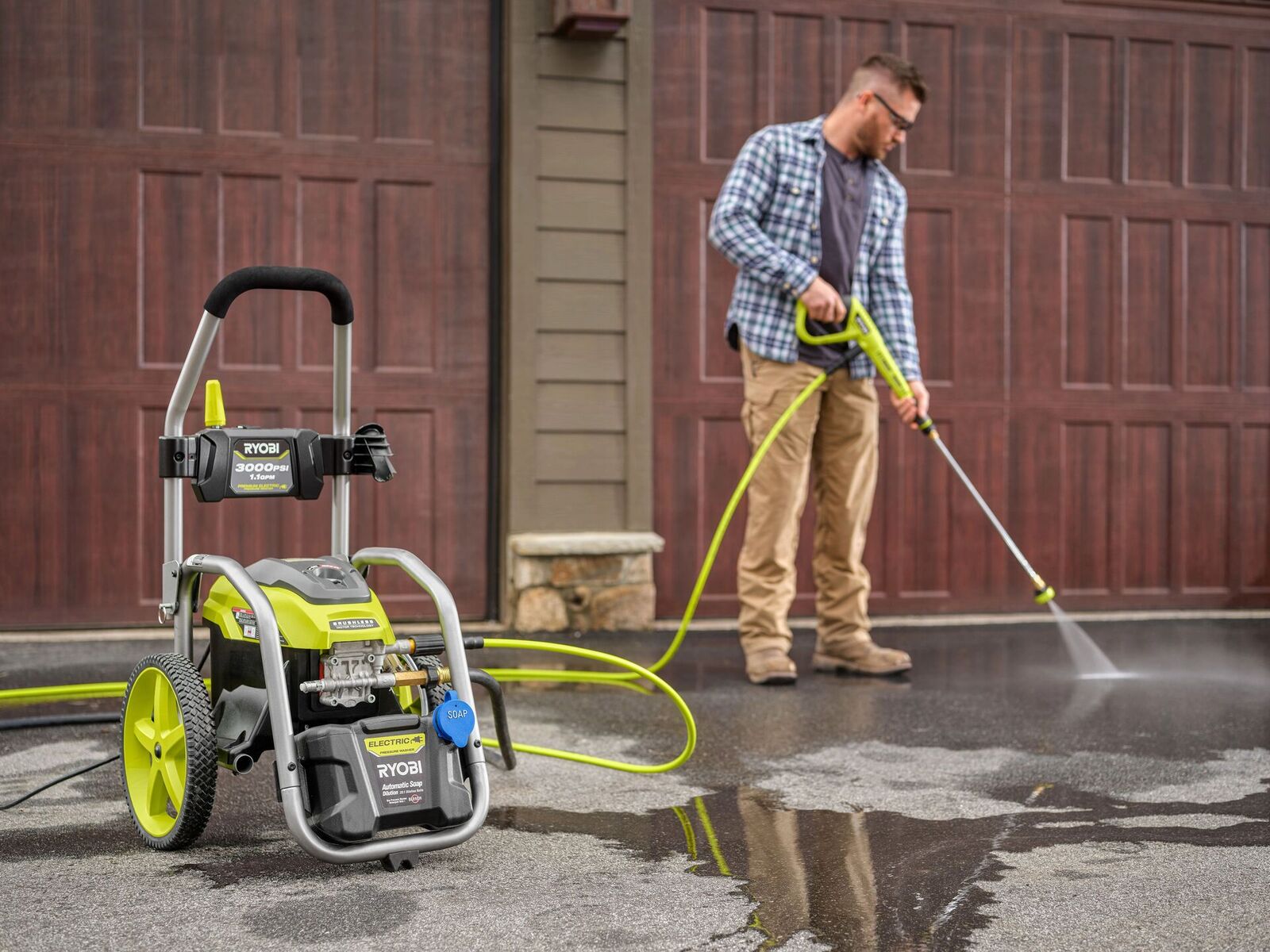
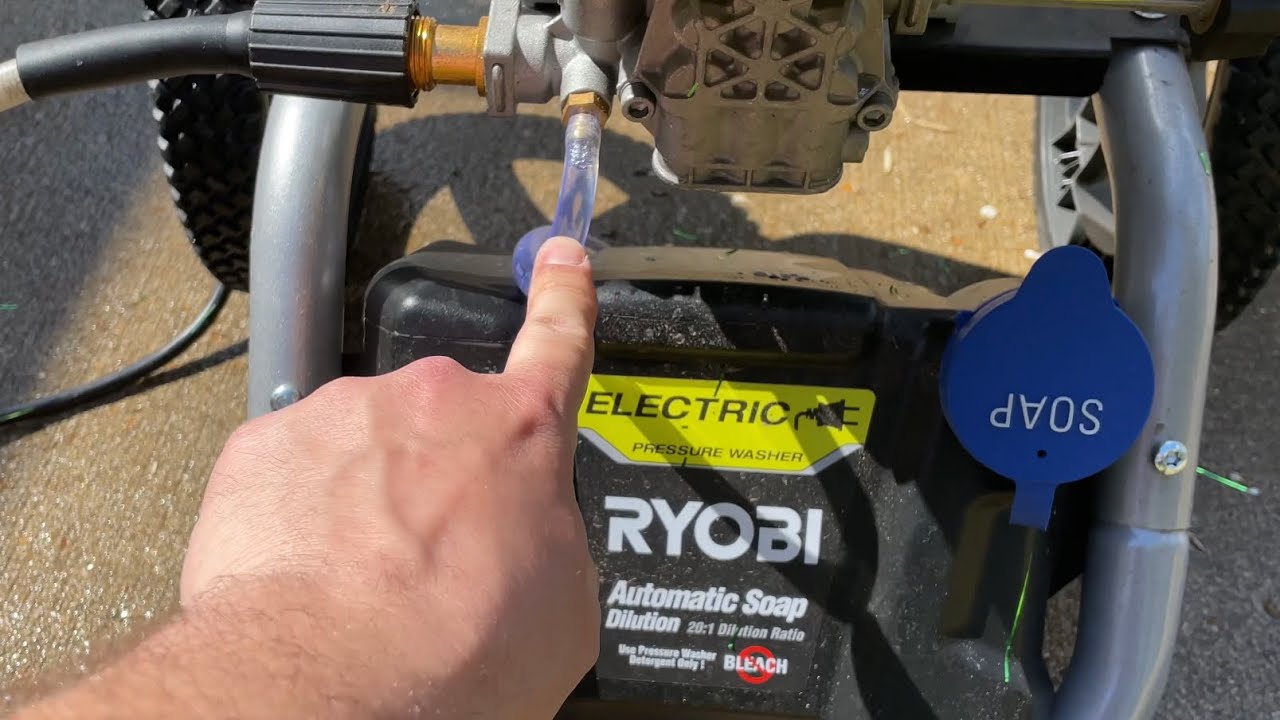
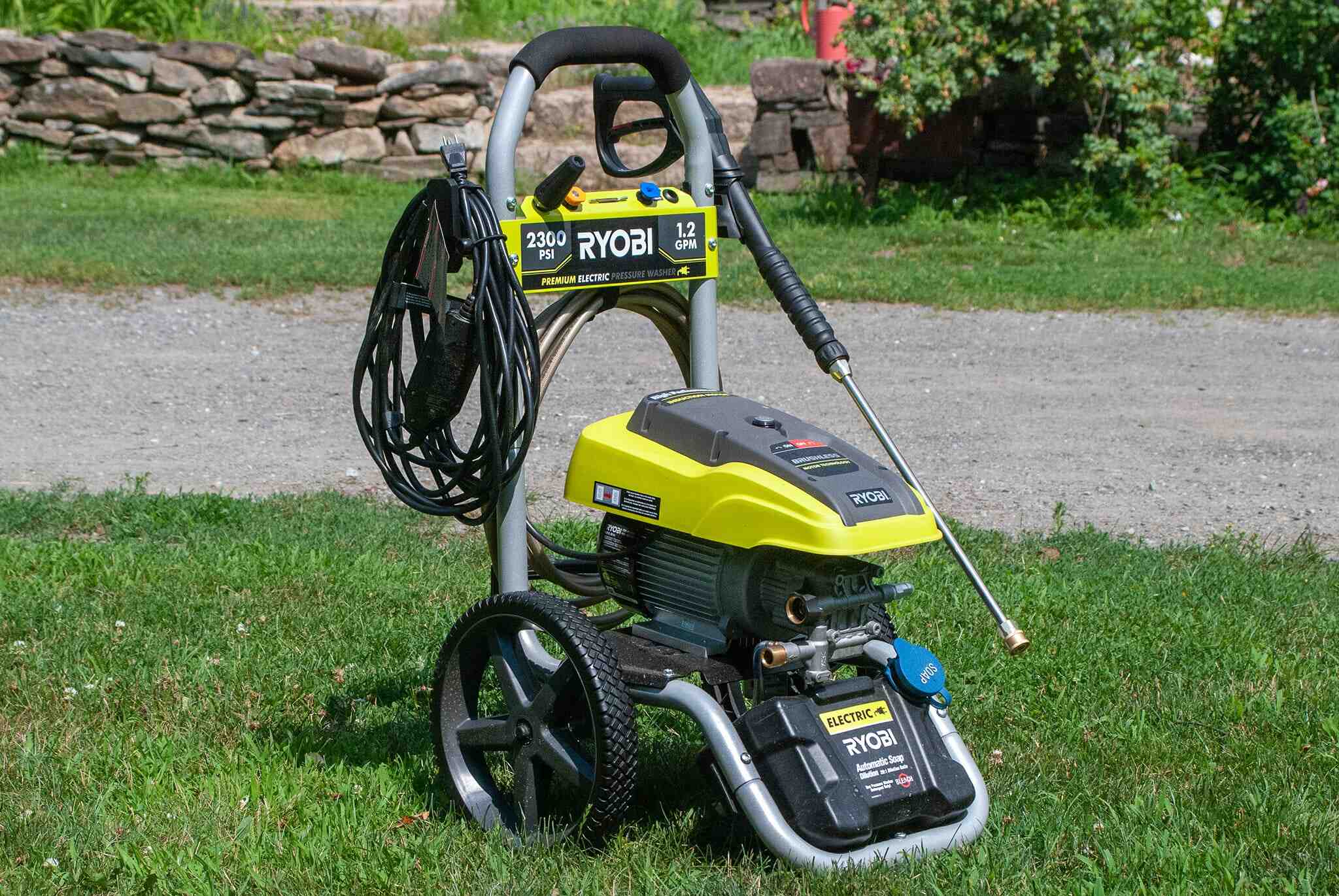
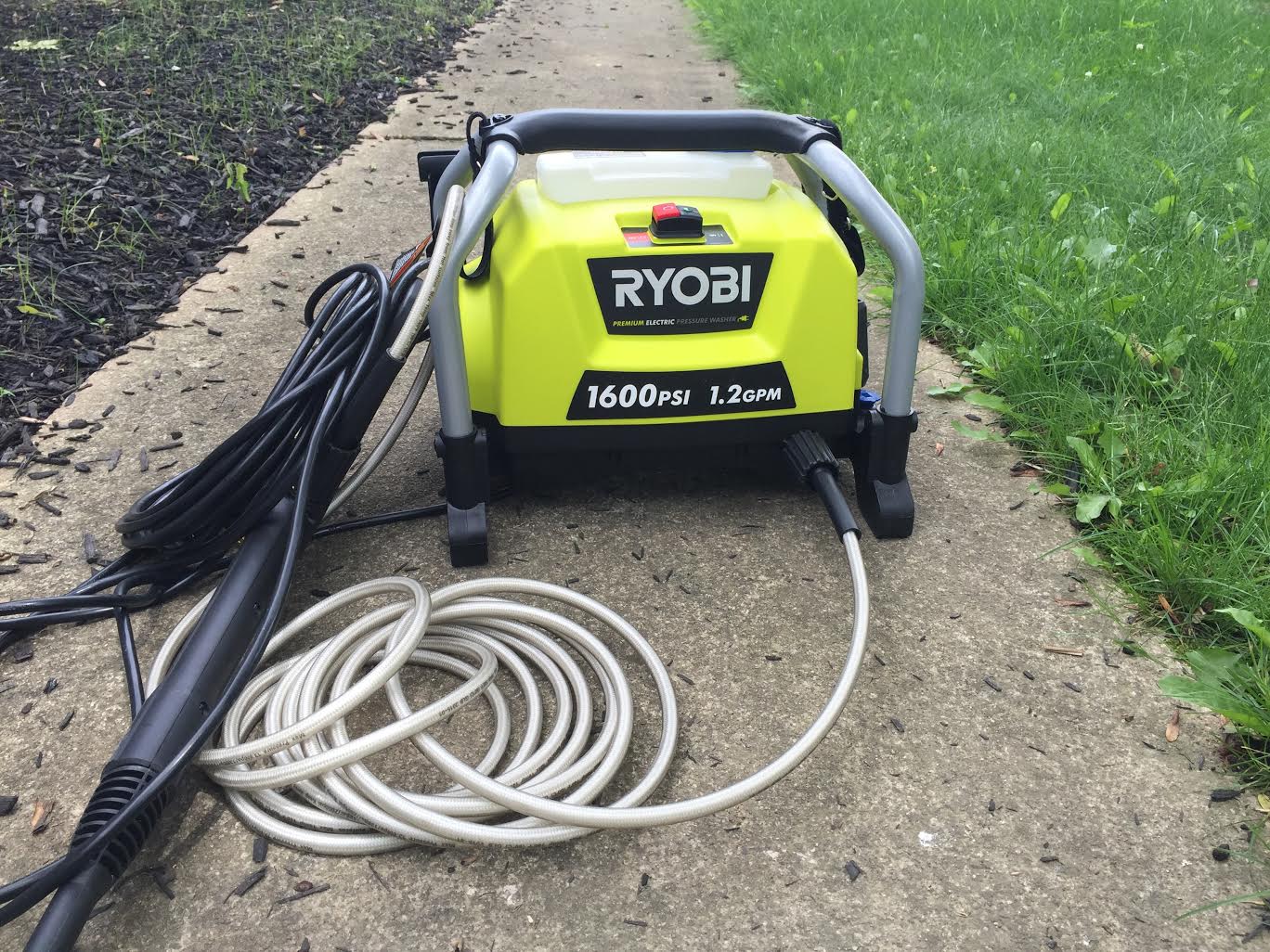
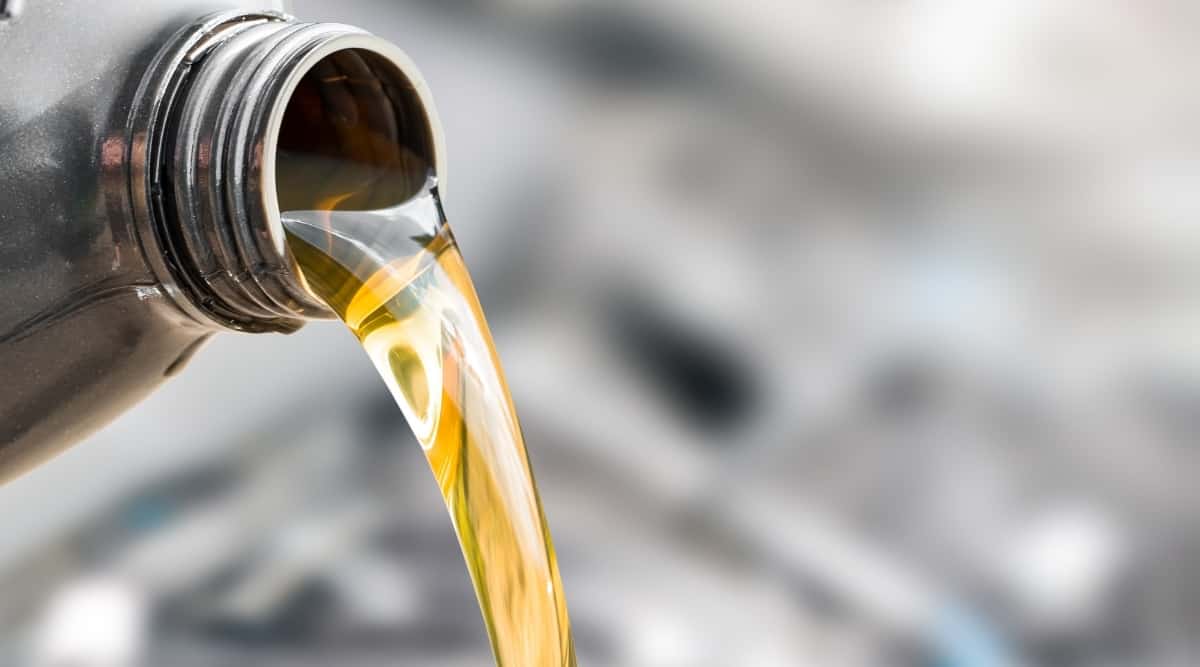

0 thoughts on “Why Is My Ryobi Pressure Washer Pulsating”